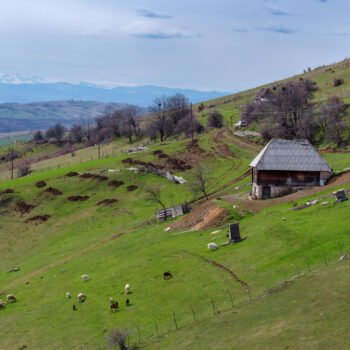- /
- Katun Road Pešter Pastures
- /
- Caravan Roads
Caravan Roads
Since the Roman times (in the first couple of centuries AD), people would travel the roads passing through Pešter, which connected the Adriatic coast and the central part of the Balkans. Caravan roads, or the so-called emperor roads, which connected Dubrovnik to the towns in Serbia, passed through this region in the Middle Ages. At the intersections of these roads, caravan stations, inns and trades were built, which later developed into larger settlements.
Caravans loaded with salt and other goods had to pay road fees and other taxes to the local lords, so they often searched for some other roads, without these tax stations.
Caravanserai
Caravanserais were the indispensable part of caravan roads, they served as places to spend the night at, but they also served as inns. Passengers from afar made a stop there, as well as the locals from the surrounding villages, who brought their goods to the market, on market days. A part of the caravanserai served as a place to bond a horse.
The caravanserai building usually had ground floor only, it was made of wood, stone and mudbrick, with a four-side roof covered in shingles. It had doors large enough for a loaded horse to pass through, several small windows, and the roof had one or more dormers. They used to have one, two or three hearths inside, for a passenger to warm up or dry his clothes, if he was caught by rain. Beside these, there were several benches inside, where passengers could sleep. Some of the caravanserais had one room above the entrance, on the first floor. They would also build one or two rooms downstairs, beside the one on the first floor.
In Islamic culture, a special attention was put on a care about a traveler, there were a range of rules which regulated traveling done by Muslims, and recommendations how to behave. Thus, among other things, it was known then who should welcome the traveler entering the caravanserai and how.







